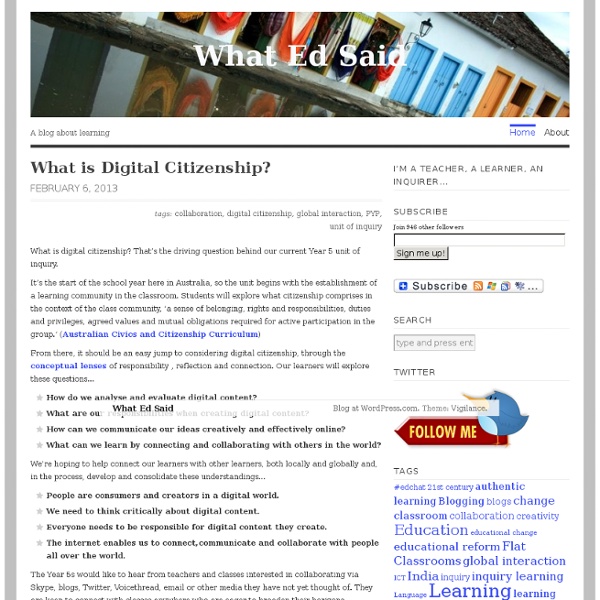



#BYOTchat | A web site for the #BYOTchat twitter chat Presentation Zen Smart Blogging: How To Market Your Business Online the Smart Way! About BYOT The acronym BYOT stands for Bring Your Own Technology, and this practice is also referred to as BYOD – Bring Your Own Device. It is an initiative that is having an impact in business as well as education. From a user’s point of view, there are so many forms of technology devices that are capable of being customized to one’s needs and interests. As students utilize their personal technology devices, they can become more proficient with them than they do with school-owned devices. When they bring their own technology tools to school, they can learn new ways to use them for learning purposes as they collaborate and interact with their teachers and each other to research information, solve complex problems, create original products, and publish their work to show what they have learned. Social Learning The educational benefits of BYOT are grounded in social learning theory. Learning is fundamentally social (Wenger, 1996). Communities of Practice The BYOT Network References Vygotsky, L. (1978).
Khan Academy About Paul « The Good Greatsby When Paul Johnson was a kid he swore he would never sell out…but nobody ever asked him to. Not even once. Now he would give anything to have that chance–the chance to sell out. Today he writes for the simple joy of creating something that will make people think…and hopefully those people will think about how much they like him and want to give him money. And once those people have given him money he’ll use it to buy nice things that will impress his friends. And if those friends aren’t impressed by his new wealth and fame, he hopes his elevated status will win him new friends who are smarter and more attractive than his old friends. Do you feel your friends don’t appreciate your talents or compliment you enough? Paul lives in Shanghai with Mrs. The Fonz:Happy Birthday to Apollo Fonzarelli! Optimist Prime:The Most Positive Child in the WorldAn Interview with Optimist Prime Mrs. Paul’s personal assistant, Ken:Dear Good Greatsby Paul’s genius cat, Megatron:My Genius Cat, Megatron Like this:
Tony Ryan Make Thinking Visible with the Flipped Classroom Model Date: Wednesday, April 4, 2012 Time: 2:00pm ET / 11:00am PT Duration: One hour From Harvard University to inner city Detroit to rural Colorado; from basic introductory classes to AP courses, teachers are experiencing significant improvement in student achievement transitioning to the ‘Flipped Classroom’ model. A side benefit is that teachers save time. The flip model represents a merger of: The Socratic method where students are responsible for meaningful conversation while in classResearch in cognitive science that shows students need immediate feedbackThe emergence of powerful learning online communities where student thinking can become more visible and mutually supportive The flip model represents a significant cultural change in the traditional classroom and changing roles of student and teacher. Attendees will: Click through to page 2 to view the archive…
The Good Greatsby Friday Flash Technology had me back in 1990 with my one Apple IIe and Bank Street Writer. My special education/exceptional students typed text for their stories and we printed with a dot matrix printer. We then paired the text with their own drawings or photos developed at the local store and pasted to make construction paper books.
The Flipped Classroom Model: A Full Picture Due to Khan Academy’s popularity, the idea of the flipped classroom has gained press and credibility within education circles. Briefly, the Flipped Classroom as described by Jonathan Martin is: Flip your instruction so that students watch and listen to your lectures… for homework, and then use your precious class-time for what previously, often, was done in homework: tackling difficult problems, working in groups, researching, collaborating, crafting and creating. Classrooms become laboratories or studios, and yet content delivery is preserved. Flip your instruction so that students watch and listen to your lectures… for homework, and then use your precious class-time for what previously, often, was done in homework: tackling difficult problems, working in groups, researching, collaborating, crafting and creating. Classrooms become laboratories or studios, and yet content delivery is preserved ( The Flipped Classroom Model Summary Bridge-It
Basics4Mac - Your Personal Mac Guide - Tips & Live Help Cool Cat Teacher Blog